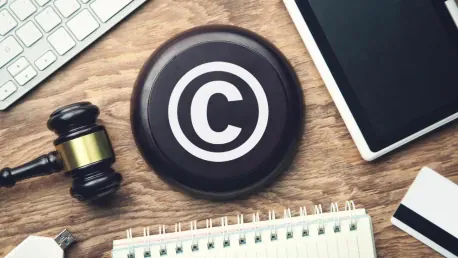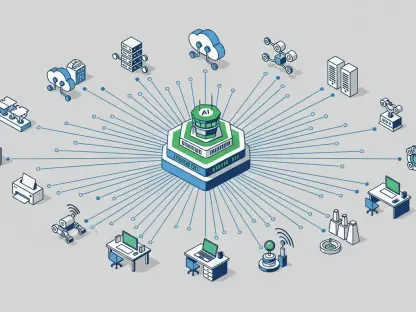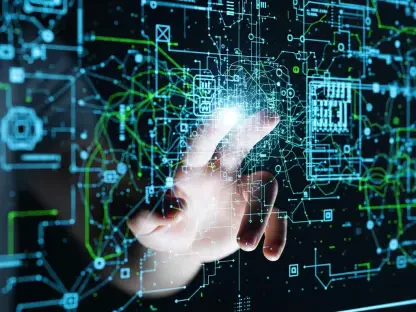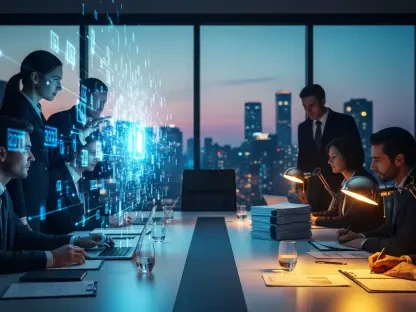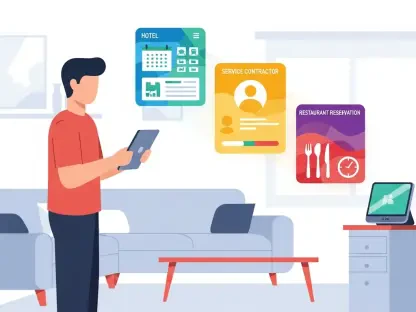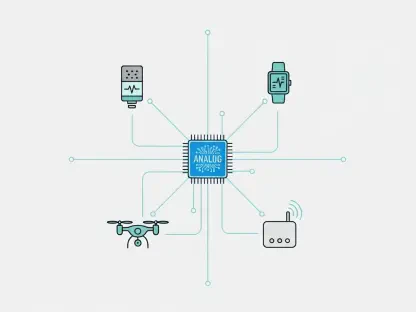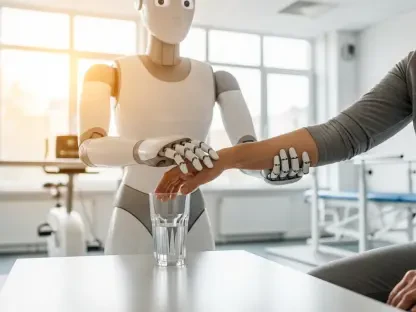The emergence of ChatGPT’s enhanced capabilities for generating Studio Ghibli-style images has sparked significant interest and usage, leading even to system crashes due to exceptionally high demand. With the latest update, OpenAI has enabled ChatGPT to create images that strongly resemble those of the renowned Japanese animation company Studio Ghibli, founded by Hayao Miyazaki. While this development has fascinated audiences and scaled rapidly across various platforms, it also brings forth new copyright issues that require attention and consideration.
The Technology Behind AI “Style Engines”
Generative AI systems like ChatGPT operate as “style engines,” producing outputs based on user prompts with remarkable precision. The recent update employs an autoregressive algorithm that treats images similarly to language, further enhancing the AI’s ability to generate detailed and specific images. This algorithm functions by breaking images down into “tokens,” predicting visual elements in much the same way it does with words in a sentence. This innovative method enables the system to maintain the overall integrity of an image while allowing for alterations in specific features.
Additionally, this approach addresses the critical issue of generating accurate text within images. The integration of such a sophisticated algorithm provides users with significant control over the final product, enhancing the AI’s capacity to manipulate and refine image details. One notable advantage of generating images within a large language model is its ability to leverage the extensive encoded knowledge within the system. Users can simply reference overarching concepts, such as Studio Ghibli, without the need to meticulously describe each detail, and the AI still grasps the intricate characteristics, thereby showcasing an advanced level of understanding and functionality.
Popularity and Social Media Trends
The update has spurred a surge in the creation of Studio Ghibli-style images on social media platforms, extending even to unlikely participants such as politicians and government bodies. This widespread usage underscores the technology’s reach and accessibility, highlighting ChatGPT’s potential to democratize artistic creation. By allowing a broad audience to craft visually compelling content, the AI fulfills a role as an enabler of creativity and expression. However, this inclusive capability also raises substantial concerns about the implications for original artists and their distinctive work.
The AI’s ability to create images that resonate with a vast audience demonstrates its far-reaching impact and transformative potential. Yet, it is precisely this impact that amplifies the urgency to address emerging copyright dilemmas. The surge in popularity and the resulting broad use cases underscore the importance of understanding and managing the consequences of such technology in terms of intellectual property and creative rights. This development calls for closer scrutiny and potential recalibration of how artistic creations are protected and valued in a digital age driven by AI innovation.
Artist Identity and Copyright Challenges
AI systems like ChatGPT encode styles from extensive training data, effectively transforming objects and genres into styles that can be replicated and applied to new creations. For instance, the AI internalizes “Ghibli-ness” as a pattern, not by storing actual frames from Studio Ghibli films, but by recognizing and replicating the stylistic essence demonstrated through training data. This encoding and transfer process unlock creative potential as users can experiment with and combine various styles in innovative ways. However, it also raises significant copyright issues because current copyright law protects specific expressions of work, not styles.
The challenge emerges when an artist’s distinctive approach or unique identity risks being reduced to just another replicable style. This is where the tension between innovation and creative ownership becomes most pronounced. The case of Polish artist Greg Rutkowski illustrates this threat, as his name has reportedly appeared in thousands of AI image generator prompts, posing a real risk to his livelihood and artistic legacy. The potential for such individual signatures and distinctive styles to be superficially mirrored by AI systems underscores the necessity for more nuanced understanding and coverage under intellectual property law.
The Legal Landscape
As technology advances rapidly, the legal landscape grapples with keeping pace. The distinction between broad artistic styles and profoundly unique, highly distinctive ones becomes crucial, especially when an artist’s creative approach or identity risks reduction to a mere pattern for replication. In late 2022, three artists took a definitive stance by forming a class and filing a lawsuit against multiple AI companies, contending that their original works were used without permission to train image generators. This unauthorized usage, they argued, facilitated the creation of derivative works that closely mimic their distinctive styles, raising critical questions about consent and compensation.
This legal action brought to light significant tensions between the burgeoning capabilities of generative AI and the rights of individual creators. As the lawsuit progresses, it has the potential to set precedence and catalyze the evolution of current legal frameworks. The primary contention lies in how existing copyright laws apply—or fail to apply—to the unique challenges posed by generative AI. The evolving scenario reveals an urgent need for updated legislation that can adequately balance innovation with respect and protection for artists’ livelihoods and their creative legacies.
The Need for New Legislation
The introduction of ChatGPT’s advanced capabilities for producing Studio Ghibli-style images has generated substantial interest and usage, to the extent of causing system crashes from extremely high demand. With this recent update, OpenAI has empowered ChatGPT to create images that closely mimic the distinctive style of the famous Japanese animation studio, Studio Ghibli, which was founded by the acclaimed director Hayao Miyazaki. This breakthrough has captivated audiences and rapidly spread across various digital platforms. However, it also raises new copyright concerns that require careful attention and deliberation. As more users engage with this innovative feature, questions around intellectual property and the legal implications of replicating a style so closely associated with Studio Ghibli emerge. The excitement around this technological advancement cannot be denied, but addressing these copyright challenges will be crucial to its sustainable growth and ethical use.
